The hepatobiliary disease is a common disease today, impaired hepatobiliary function and seriously affects the health of patients. The most prominent cause of these diseases is the wrong diet. Thus, a reasonable and scientific diet is very important that patients with the hepatobiliary disease need to know clearly to support the treatment process with high results and quickly recover health.
What Is Hepatobiliary Pathology?
The liver is the organ that plays an important role in the body, helps to metabolize nutrients such as lipids, glucides, protids, vitamins, and minerals, and also functions to detoxify from the body.
Bile fluid is the part that helps to absorb nutrients in food such as fat, vitamins … Supports the digestion process effectively.
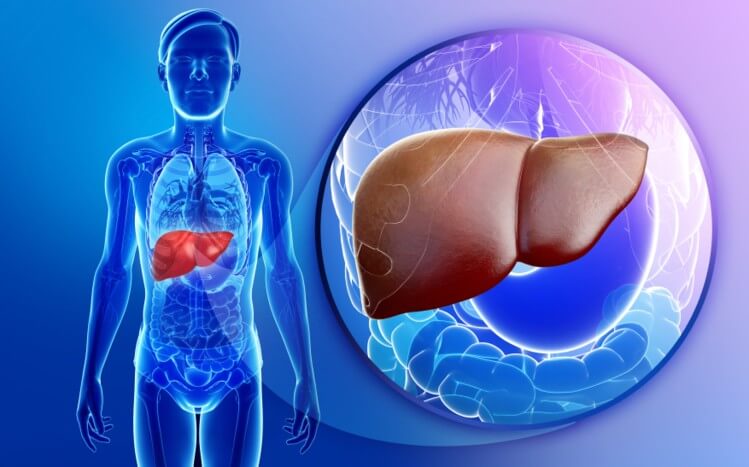
When the liver is damaged, the function of bile is also affected. The cause of the hepatobiliary disease is largely related to the diet and habits of the patient.
When the patient has signs of abnormalities related to hepatobiliary function, it is necessary to go to the hospital for an accurate diagnosis.
Through ultrasound of hepatobiliary disease, if in doubt, doctors will order to conduct additional liver function tests to identify cirrhosis, liver failure, and other hepatobiliary diseases to have an appropriate treatment regimen.
The hepatobiliary disease reduces liver function, nutrient absorption, and metabolism are also deteriorated, leading to a serious decline in the patient’s health.
Some common hepatobiliary diseases are hepatitis, cholecystitis, cirrhosis, gallstones, liver cancer … affecting the health and daily life of patients. If not caught early, the risk of complications and death is very high.
Nutrition Guidelines for Patients With Hepatobiliary Diseases
In general, when suffering from hepatobiliary disease, it is essential to change eating habits in a scientific and healthy way. In the diet, patients need to first understand the following principles:
Limit fat in food
The restriction of harmful fats is the first thing that patients with hepatobiliary disease should be aware of. When the liver is damaged there is a risk of fatty degeneration of the liver.
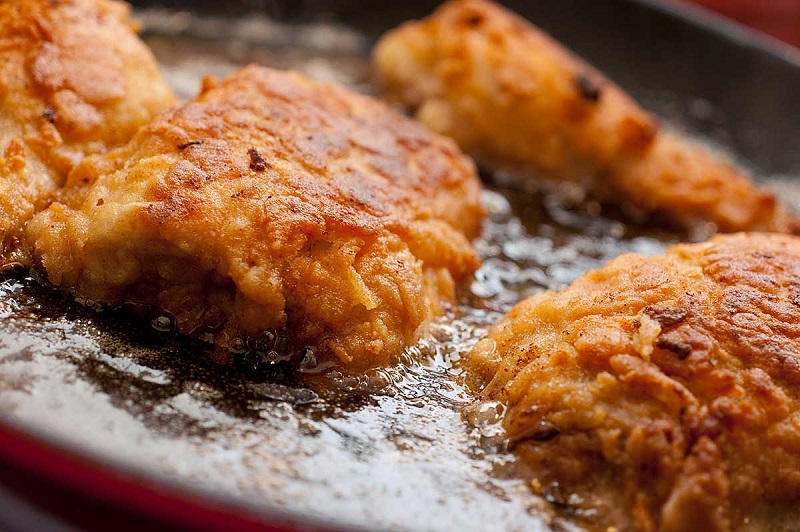
Eating too much fat will cause the liver function to decline quickly, increase the number of toxins in the blood, thereby making the disease more serious.
Increase in foods rich in glucide
In the liver, there is a reserve of glycogen, which is a metabolic form of glucide in food that helps in preventing and detoxifying the body.
When the liver is damaged, the amount of glycogen also decreases. Therefore, it is necessary to increase foods rich in glucide to create more glycogen. Besides, it also helps to slow down the process of lipid penetration into the liver, causing impaired liver function.
Increase in protein-rich foods
Protein helps reduce liver fat degeneration, protects liver function. A protein-fortified diet is very beneficial for hepatobiliary patients. Eat plenty of protein-rich foods such as lean, fat-free meats, dairy, and fortified with well-cooked beans.
Good Nutrition For Hepatobiliary Disease
1. Nutrition for Hepatitis Patient
One of the most common hepatobiliary diseases is hepatitis, which includes acute hepatitis and chronic hepatitis. Depending on the type of hepatitis there will be different nutrition.
Diet for patients with acute hepatitis
In the early stages of acute hepatitis: Patient experiences fever with nausea, or feels nauseous: Use sugar water, fruit juice, or you can boil vegetables and drink water.
If nausea persists, patients with anorexia need to supplement 20% glucose drip intravenously.
When the fever and nausea are gone: At this stage, the patient should consume liquid, light foods such as porridge or soup, pho, skim milk, sweetened condensed milk, and supplement with fresh fruit.
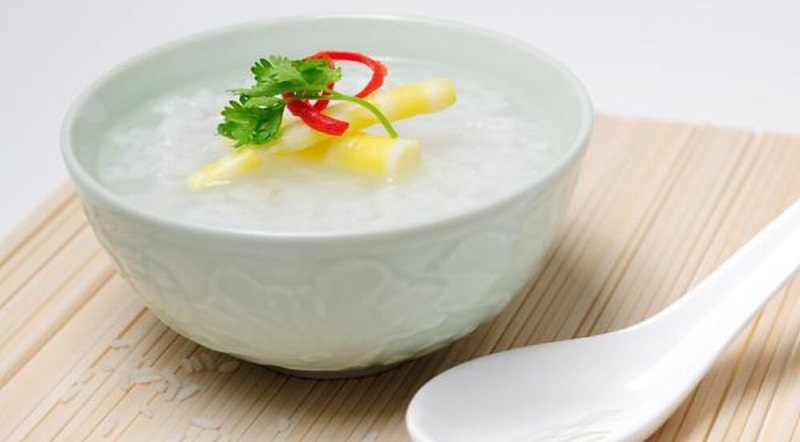
For the recovery period: Continue to give the patient milk containing high amounts of protein and methionine to increase the ability to protect the liver.
The second food that should be added at this stage is eggs. Eggs contain more protein and amino acids, eggs should be better than duck eggs, because eggs have fewer lipids. Also, get protein from lean meats, fish, and tofu.
The patient should pay attention to eating with foods that are good for the liver at this stage and monitor the progress of the disease closely because it is not possible to predict the course of the disease, so it is necessary to maximum care, as well as coordinate with the doctor.
Diet for patients with chronic hepatitis
In patients with chronic hepatitis, liver function can be impaired for a long time, even living with this condition for life. Therefore, a consistent and prolonged diet is very important to prevent the bad turn of the disease.
The sudden changes in weather can affect the health of patients with chronic hepatitis, and it is important to be aware of the following important dietary considerations:
• Eat several snacks so that the body can easily absorb nutrients.
• Avoid eating seafood such as shrimp, crab, and snails … Because these foods increase the risk of allergies.
• Choose fresh foods to prepare especially fish and eggs.
• Do not use foods that contain a lot of fat. You should use fats of plant origin such as beans, avocados … Processing is also very important, so fried and fried foods should be limited.
• Diet should include starchy foods from rice, flour, potatoes, corn …
• Supplementing sweet fruits, honey, cakes are very good for patients with chronic hepatitis.
When patients with chronic hepatitis will have episodes, it is necessary to eat a diet for patients with acute hepatitis.
2. Diet For Cirrhotic Patients
For cirrhotic patients, proper nutrition is extremely effective treatment support. Besides, it also helps to improve disease conditions and restore liver function.
Cirrhosis of the liver without ascites (Compensated cirrhosis)
• Add protein-rich foods with a formula of 1.5 to 2 g / kg body weight/day from white meats such as pork, chicken, fish, skimmed milk, eggs, and bean sprouts. (Similar to acute hepatitis).
• Limit fast foods, foods high in fat, fried and fried foods. Use plant-based fats such as seed oils and avoid cooking foods at high temperatures.
• Powdered sugar: You should eat foods rich in carbohydrates such as corn, potatoes, rice, honey, and sweet fruits, which are also good for cirrhosis.
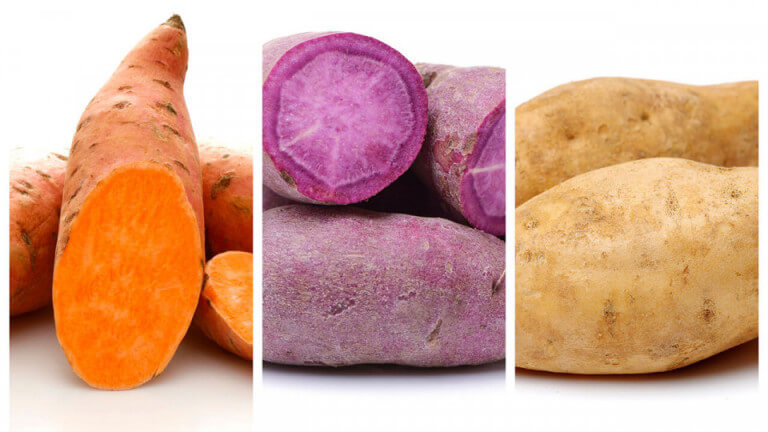
• Fiber and vitamins: Besides powdered sugar, you need to add fiber-rich foods from green vegetables, red-orange fruits such as carrots, tomatoes, pumpkin, papaya …
• Drinking enough 2 liters of water per day is also essential along with foods that will help support effective treatment.
Ascites cirrhosis (Decompensated cirrhosis)
For ascites cirrhosis, patients should adhere to the following principles:
• Limit your intake of protein, salt, and increase your intake of vegetables and fruits.
• Need to drink enough 2 liters of water per day, add juices, fruits, and drinks to help laxatives such as artichoke tea, green tea …
3. Nutrition For Patients Who Kissed Liver
The last stage of liver disease is hepatic coma that seriously affects the health of the patient. In the diet, the following issues should be noted:
• Do not load protein into the body through foods or infuse aminoacid solutions into the patient’s body. But the infusion of branched-chain amino acids can reduce brain syndrome caused by hepatic coma.
• To limit the degradation of protein, it is necessary to provide more energy from glucide and lipids about 1700 – 1800 calories/day.
• Supplementing vitamin B1, vitamin C through injection.
• Need extra laxatives.
• Patient will need to infuse 30% glucose solution, 1000ml / day, and insulin with appropriate level as directed by a doctor.
When the patient shows signs of the disease progressing, continue to add 20g protein/day. Plant-based protein supplements, especially soy milk and green beans, should be preferred.
4. Diet For Patients With Gallbladder And Bile Duct
Acute cholecystitis
For patients with acute cholecystitis, it is necessary to give the gallbladder plenty of time to rest, so in eating, it is necessary to limit foods high in fat and protein, it is best to eliminate completely (gallbladder must strengthen contractility).
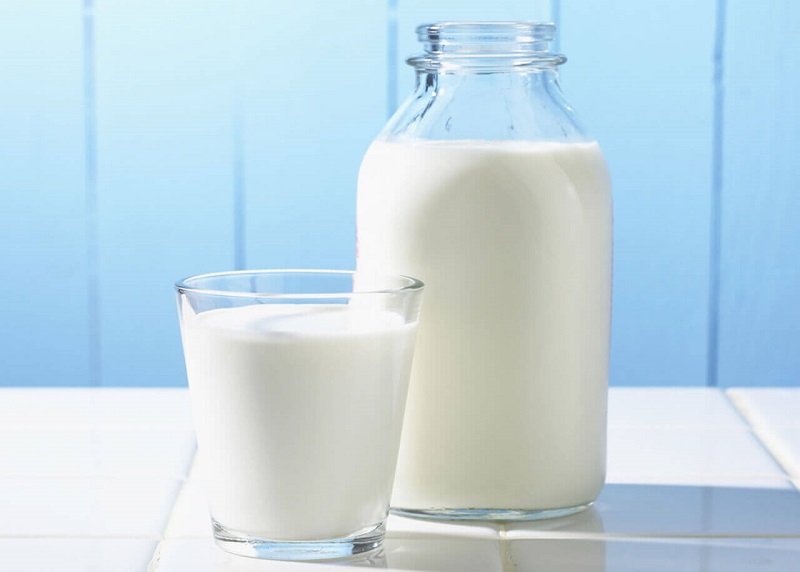
The most suitable diet is to supplement with glucose from rice, potatoes, cereal flour, sugar water, vegetable broth, skim milk, high-fiber foods that help laxative and should be bland.
Chronic cholecystitis
For patients with chronic cholecystitis who are prone to digestive disorders, the diet should pay attention to the following issues:
• Limiting fat: Fat will affect the liver, interfere with excretion, causing bloating.
• Protein supplement: Add protein in the right amount from lean, fat-free meats. Use simple, plainly cooked meat without salt. Plant-based proteins should be thoroughly cooked, simmered, or crushed for easy digestion.
• Supplement with foods rich in glucide to help the body digest easily. However, do not eat chocolate, cocoa, and cakes made from confectionery. Sweet fruits and vegetables should also be well covered.
Patients with gallstones
For patients with gallstones, in the diet it should be noted:
• Limiting or avoiding foods containing cholesterol such as fat, animal organs, egg yolks … will increase the risk of cholesterol stone formation.
• Add laxative, fiber-rich foods like vegetables and fruits.
• Limit foods and beverages high in tannin that easily causes constipation, creates conditions for intestinal bacteria to develop, cause cholecystitis, duodenitis, and easily creates gallstones.

Thus, for hepatobiliary disease, adherence to a scientific and appropriate diet is extremely necessary to help improve hepatobiliary function. From there, helping the treatment go well. Patients should understand the principles of eating and applying each type of disease to get the best recovery results.
The site cannot and does not contain medical advice. The medical information is provided for general informational and educational purposes only and is not a substitute for professional advice. Accordingly, before taking any actions based upon such information, we encourage you to consult with the appropriate professionals.

 1900 1717
1900 1717 